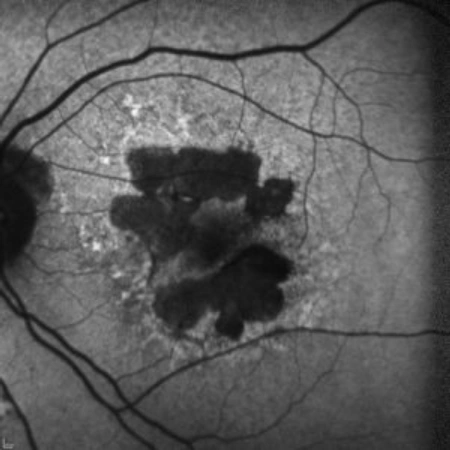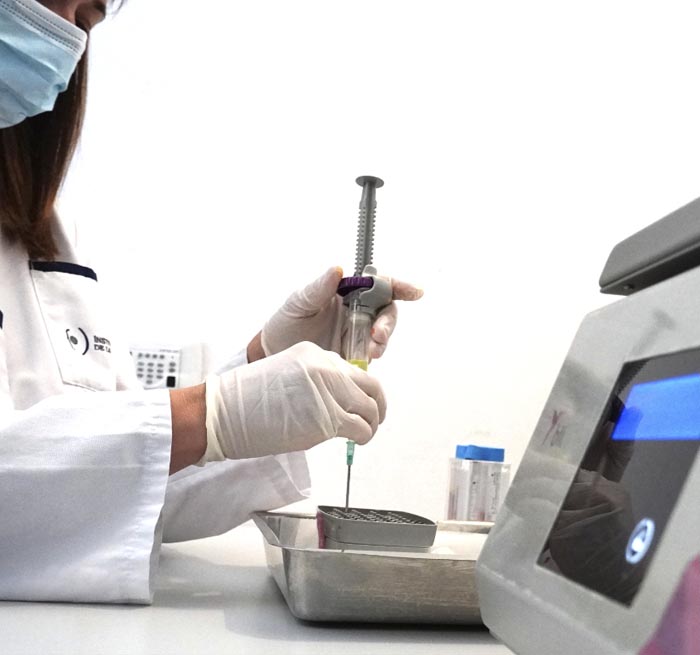Age-related macular degeneration (atrophic AMD), also known as progressive macular degeneration, is the leading cause of vision loss in people over fifty in the Western world. With over 25 million people affected worldwide, it is estimated that around 500,000 new cases are diagnosed each year. This disease has a genetic basis, but epigenetic factors—such as lifestyle habits and environmental influences—play a crucial role in its progression. In fact, the gut microbiota has been shown to significantly influence it. The Institut de la Màcula is a pioneer in researching the impact of microbiota on the progression of different forms of AMD.
Subtypes of AMD and stages of the disease
AMD is divided into three stages:
- Early AMD: Small waste deposits are observed in the outer layers of the retina, due to malfunctioning retinal cells, especially the retinal pigment epithelium.
- Intermediate AMD: The deposits increase in size, degenerative changes become more visible, and visual function begins to be affected.
- Advanced AMD: At this stage, retinal cells die, causing irreversible central vision loss. This phase includes atrophic AMD (retinal cell death), which can progress rapidly.
Atrophic AMD is one of the most severe forms and can lead to vision loss within a few years. As the disease progresses, the areas of retinal cell death expand, ultimately causing irreversible vision impairment.
“Dry” AMD vs. Atrophic AMD
The term dry AMD is often used, but it can be confusing. Some use it to refer to intermediate AMD, while others associate it directly with atrophic AMD. Intermediate AMD involves the accumulation of waste deposits due to dysfunction of the retinal pigment epithelial cells. Over time, these cells die and initiate the onset of advanced AMD in its atrophic form, which leads to progressive retinal degeneration and irreversible vision loss.
Therapies for Atrophic AMD
Prof. Jordi Monés has been a pioneer in the development of emerging therapies for atrophic AMD. In 2005, he initiated research with the biotech company Ophtohotech to use anti-VEGF treatments in patients with atrophic AMD. These investigations led to the development of a treatment called Avacincaptad Pegol, which has shown significant results in preventing the progression of geographic atrophy. This represents a major breakthrough in the treatment of this disease.
Currently, gene therapy treatments are also being investigated, including phase 3 clinical trials at the Institut de la Màcula and other therapies designed by Dr. Monés in the field of gene therapy in the United States.
Prevention of AMD
Although there is no treatment to directly prevent the disease, improving one’s lifestyle can help prevent it from worsening. The following recommendations are essential:
- No smoking.
- Maintain a healthy diet: rich in fruits and vegetables, low in animal fats.
- Exercise regularly.
- Maintain a healthy weight.
- Adopt healthy sleep habits, sleeping at least 7 hours per day.
Atrophic AMD is a complex disease that affects millions of people worldwide, but advances in research and emerging therapies offer hope for affected patients.




